Hot sauce has been around for centuries, but not all hot sauces are created the same.
Some are quick blends of chili peppers and vinegar, while others rely on an ancient technique called lacto-fermentation. This method not only preserves peppers but also transforms them into something deeper, tangier, and far more complex.
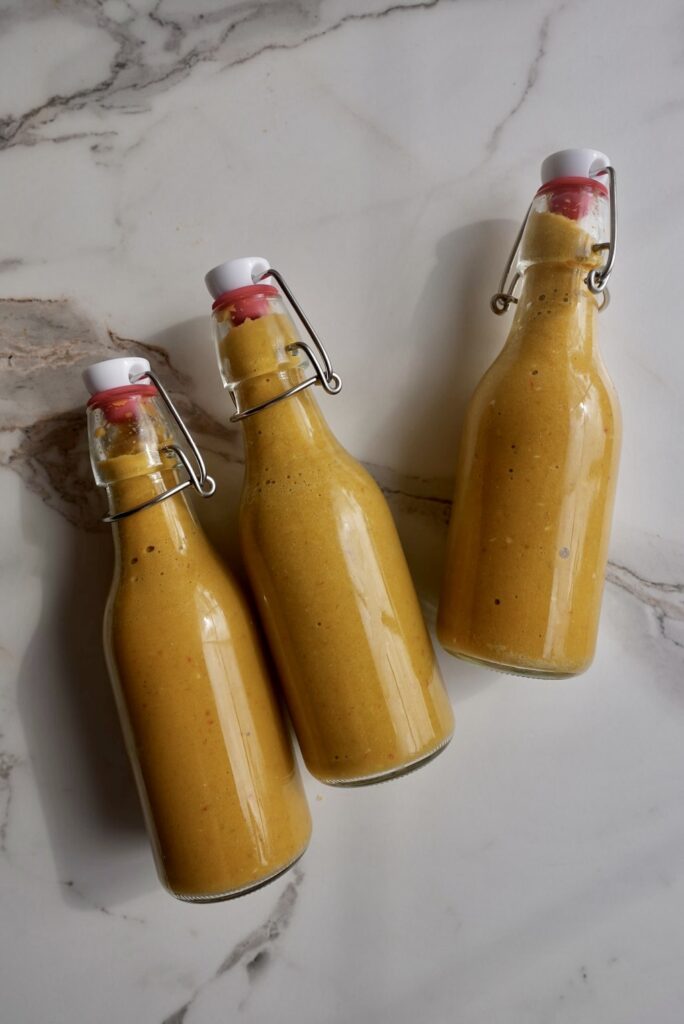
What is Lacto-Fermentation?
Lacto-fermentation is a natural process in which beneficial bacteria, mostly lactic acid bacteria, convert sugars in vegetables into lactic acid. This lactic acid acts as a preservative while creating a bright, tangy flavor that is distinct from vinegar-based pickling.
It’s the same process that gives sauerkraut, kimchi, and sourdough their characteristic taste.
When applied to peppers, fermentation softens sharp heat, unlocks savory compounds, and deepens fruity and earthy notes. The result is hot sauce that is more than just spicy; it is layered, complex, and vibrant.
Why Fermentation Unlocks Rich Flavor
The true magic of lacto-fermentation is how it transforms raw heat into something nuanced. Several things happen during this process:
- Tangy acidity: Lactic acid creates a gentle sourness that is round and balanced rather than sharp and vinegary.
- Umami depth: Fermentation breaks down sugars and proteins into savory compounds that add richness. This is the same transformation that gives miso, kimchi, and cheese their irresistible depth.
- Balanced heat: Fermentation does not remove capsaicin, the compound that makes peppers spicy, but it changes the perception of it. The heat feels rounder and smoother, allowing the natural fruitiness and complexity of the peppers to shine through.
- Living brightness: Over time, flavors continue to evolve. A young ferment may taste sharp and vibrant, while an older one may taste deep and mellow. This dynamic quality is what makes fermented hot sauce taste alive.
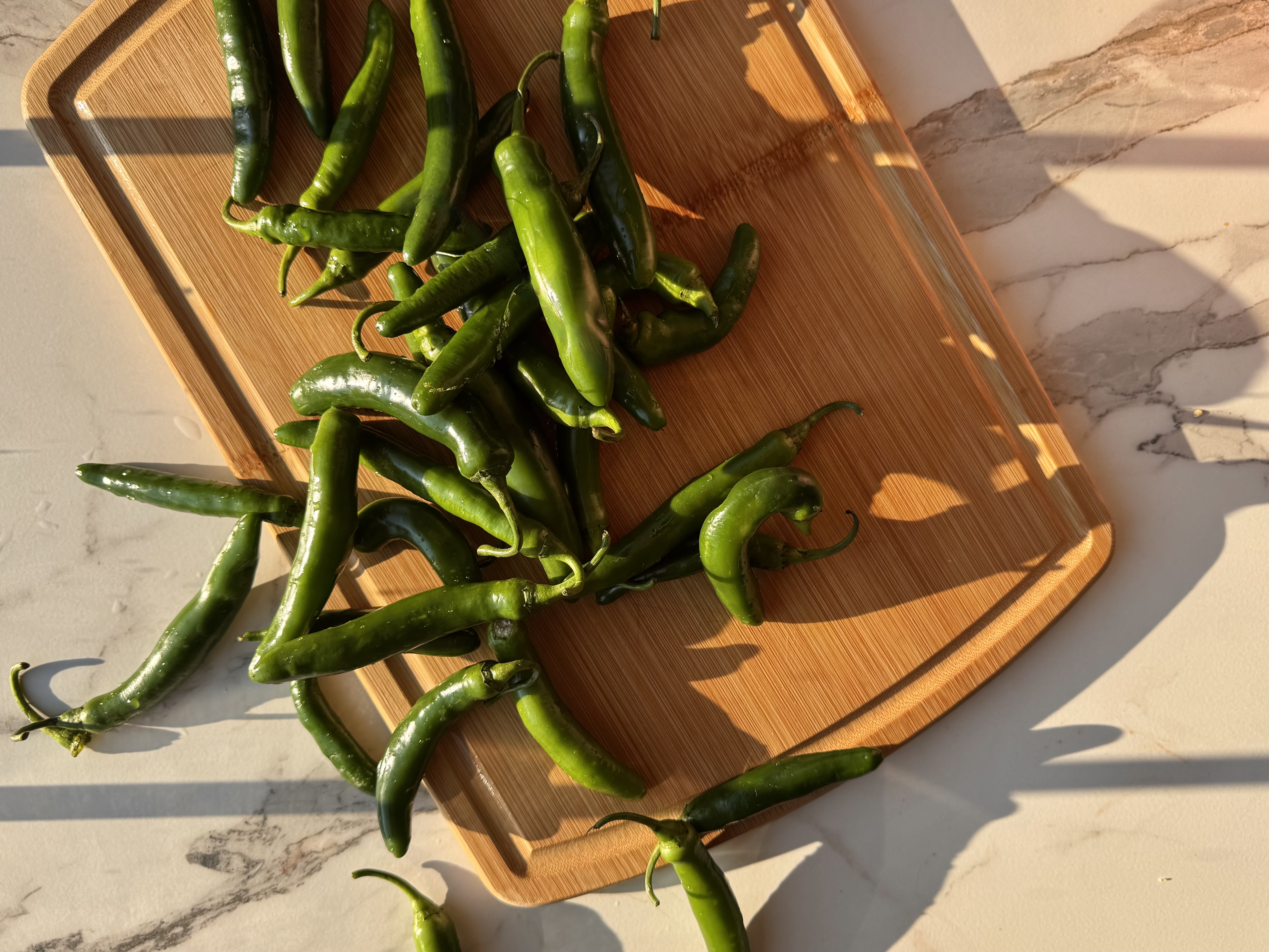
Choosing the Right Salt for Fermentation
Not all salts are created equal for lacto-fermentation. The right salt helps beneficial bacteria thrive, keeps unwanted microbes at bay, and contributes to a clean, balanced flavor.
- Non-iodized salt: Table salt often contains iodine and anti-caking agents that can interfere with fermentation. Non-iodized salt supports lactic acid bacteria without unwanted additives.
- Kosher salt: Pure, easy to measure, and dissolves well. Check for anti-caking agents.
- Sea salt: Natural sea salts are excellent for flavor and contain trace minerals that can enhance the ferment. Avoid pre-mixed or flavored salts.
Salting tips: Weigh the salt for accuracy; a 2–3% brine by weight of water is standard. Avoid flavored salts in large amounts during fermentation, as they can affect microbial activity.
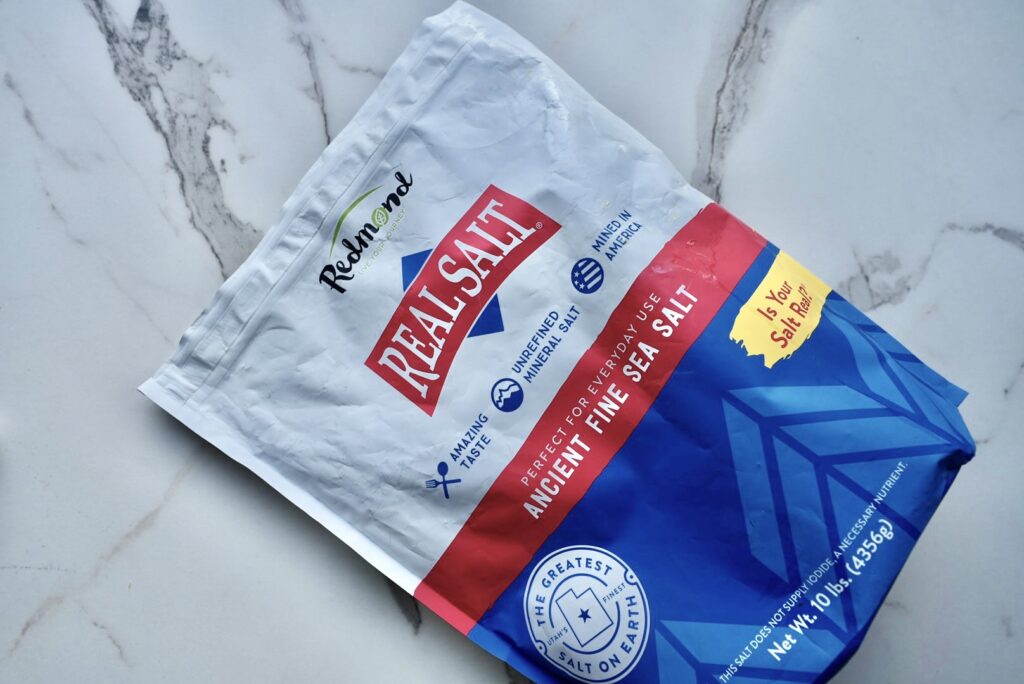
Top Peppers for Fermented Hot Sauce
Choosing the right peppers shapes your sauce’s character:
- Jalapeño: Moderate heat, grassy and bright, great base.
- Serrano: Hotter than jalapeño, clean and fresh.
- Habanero: Very hot, fruity, floral, tropical notes.
- Fresno: Fruitier and slightly smoky.
- Thai Chili: Small, fiery, citrusy sharpness.
- Cayenne: Earthy, thin-walled, traditional heat.
- Anaheim: Mild, sweet, slightly smoky.
- Poblano: Mild, earthy, adds depth.
- Ghost Pepper: Extremely hot, smoky, and sweet.
- Scotch Bonnet: Similar to habanero, sweeter, Caribbean fruitiness.
For my first batch I blended ¼ habanero, ¼ serrano, and ½ jalapeño which created a fruity, bright depth. It was also very spicy, just how I like it!
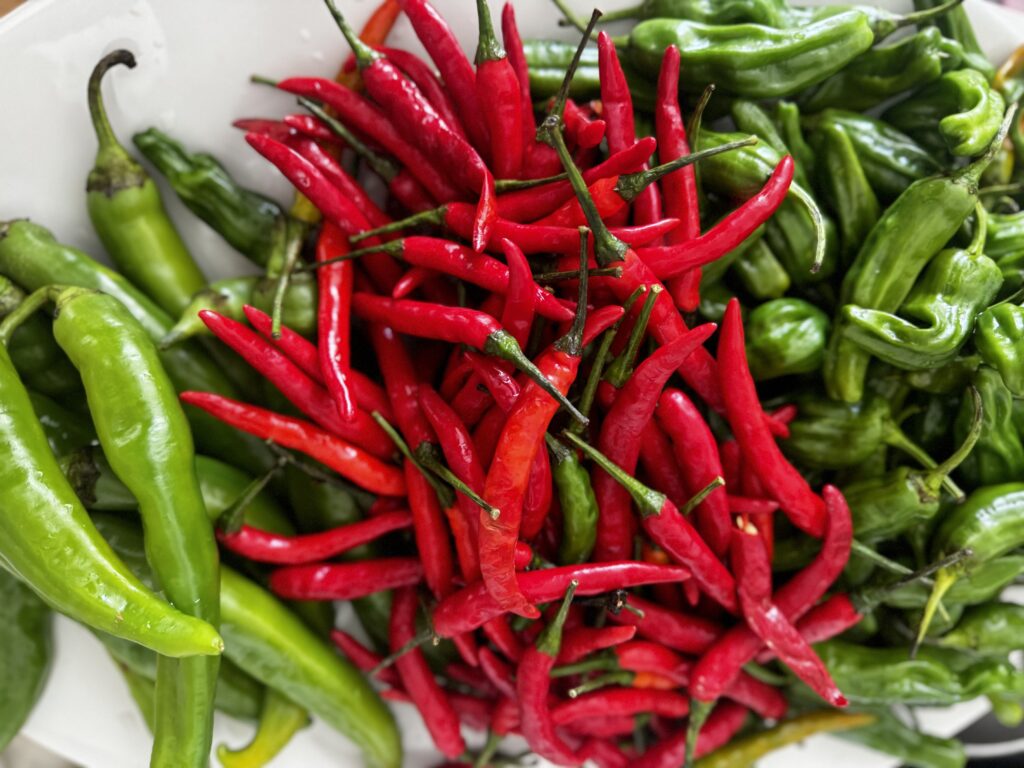
How to Make Lacto-Fermented Hot Sauce
The process is simple and rewarding:
- Chop your peppers. Leave seeds in for more heat, remove some or all for milder sauce.
- Place the peppers in a fermentation jar (or any large jar). Add optional ingredients like garlic, onion, or even fruit.
- Dissolve 2-3% salt in filtered water and pour over the peppers until fully submerged.
- Keep peppers below the brine using a weight.
- Cover the jar with a loose lid or airlock to allow gases to escape.
- Let the mixture ferment at room temperature for 1-4 weeks. I personally tend to do 7-10 days.
- Blend fermented peppers with some brine, and a little bit of neutral oil until smooth. Adding roasted garlic adds even more depth. Vinegar may be added for brightness and longer storage.
- Store in the fridge; the sauce can last six to twelve months, often longer if the pH is below 4.0.
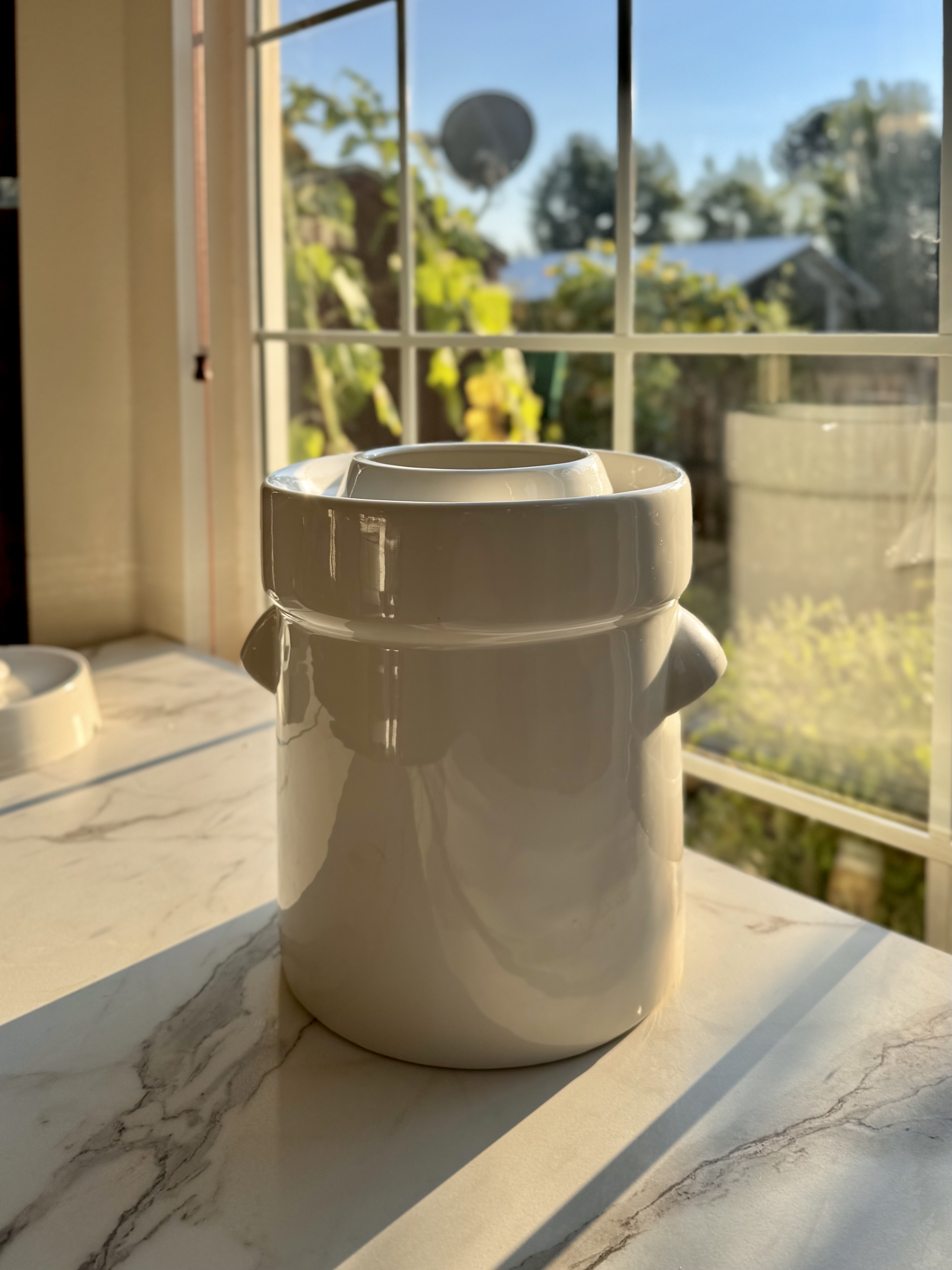
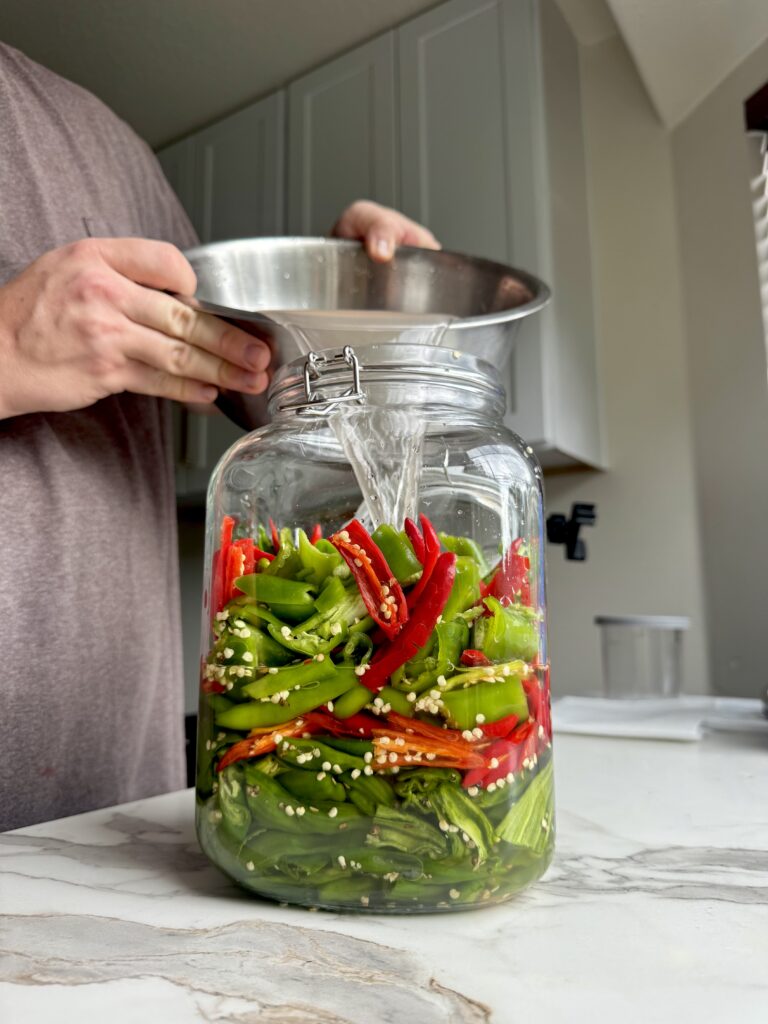
Lacto-fermented hot sauce is more than an average condiment. It captures the living transformation of peppers into something tangy, savory, and deeply satisfying. Fermentation softens heat, develops umami, and creates bright, evolving flavors.
Let me know how it works for you and what mixtures you prefer!
Thanks for reading along, guys!
If you enjoyed this blog post, be sure to check out my other gardening blog posts:
- How to Start a Garden on a Budget for Under $100
- Essential and Nice-to-Have Garden Products for Your Perfect Setup
- My Garden Setup: 3 Best Garden Containers for Every Gardener
- Understanding Garden Light and Shade: A Simple Guide
- How to Build a Homemade Trellis Using Cattle Panel
Be sure to follow me on social media for daily content and instructional videos about gardening!

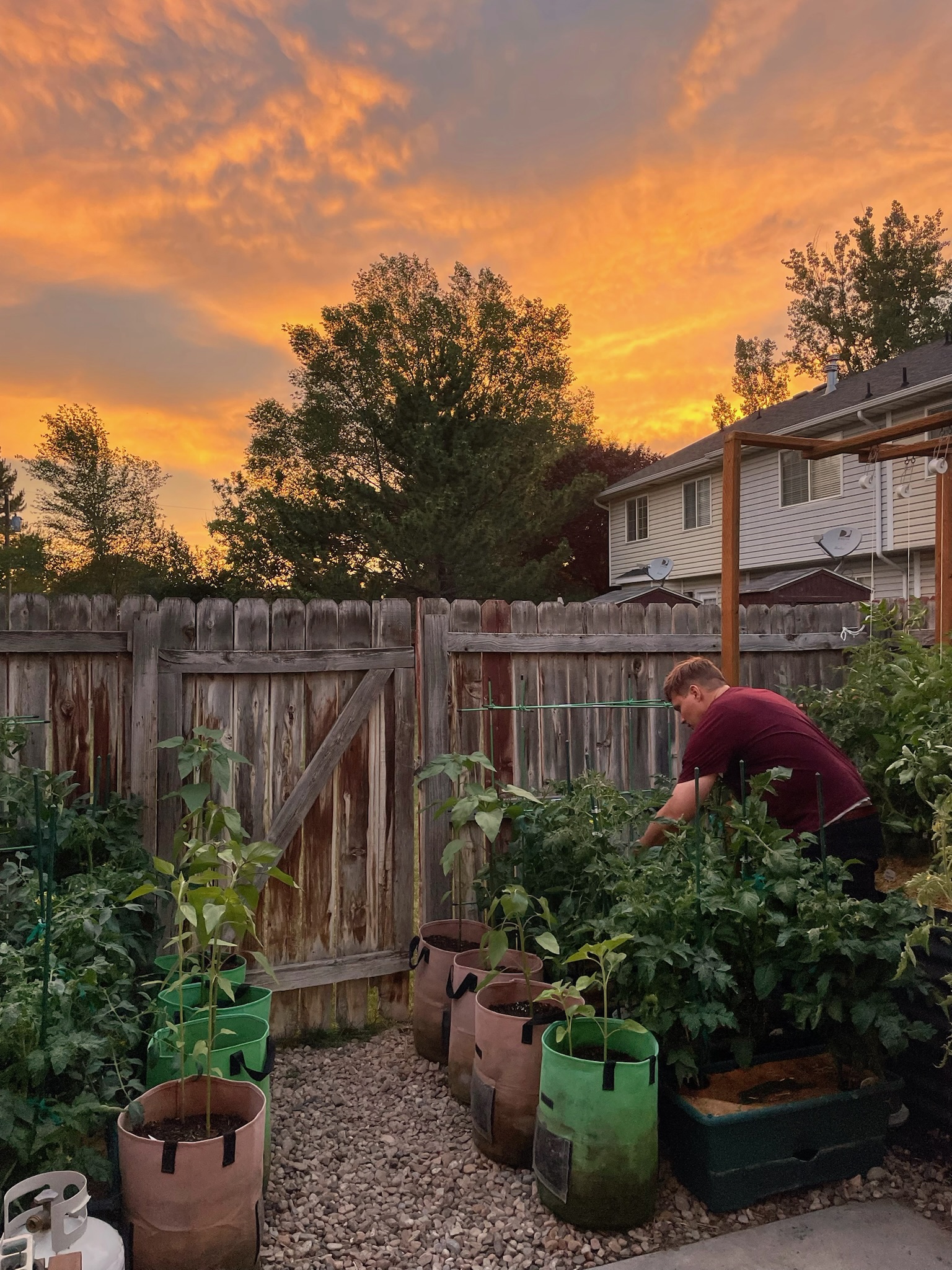



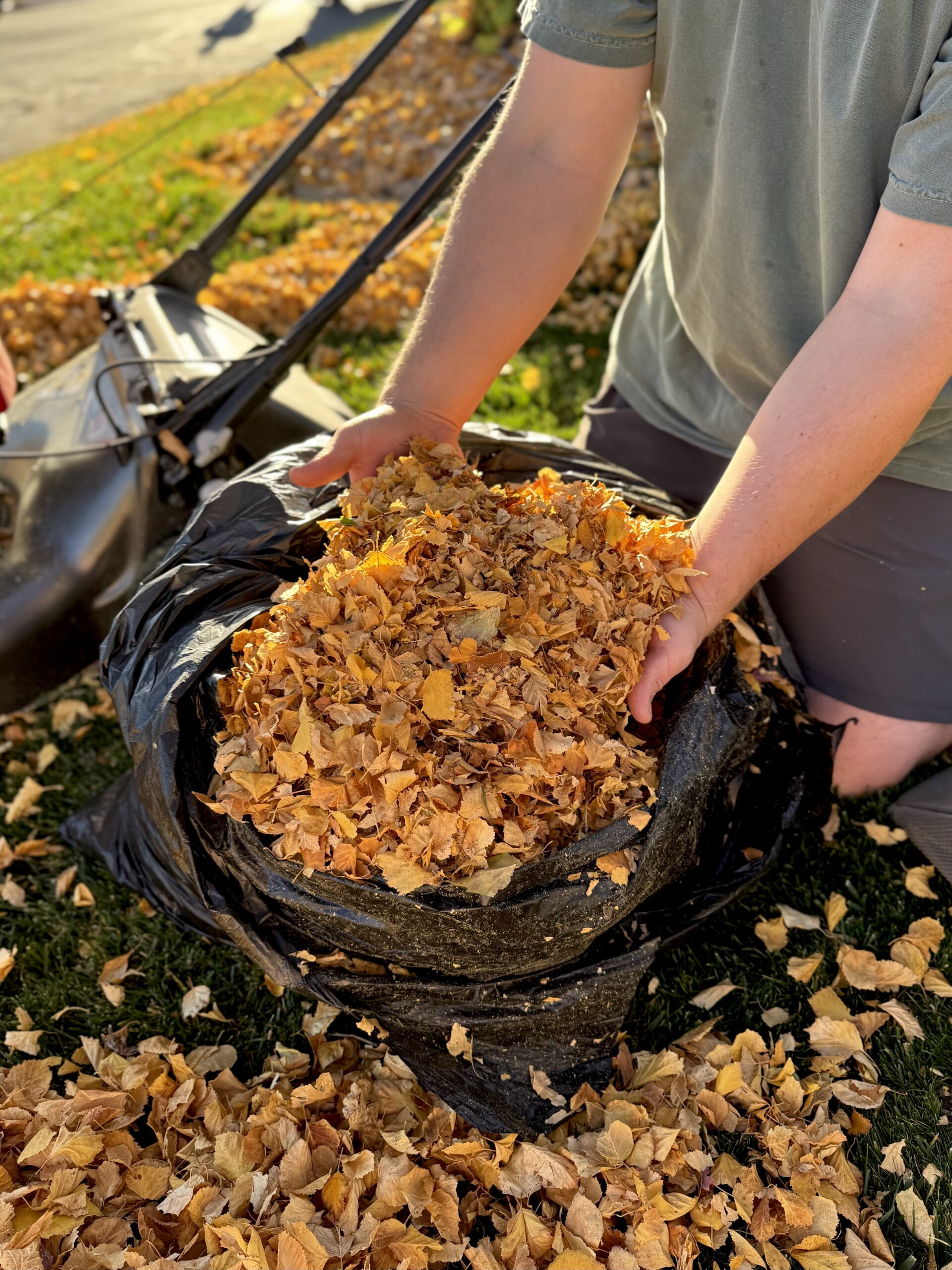
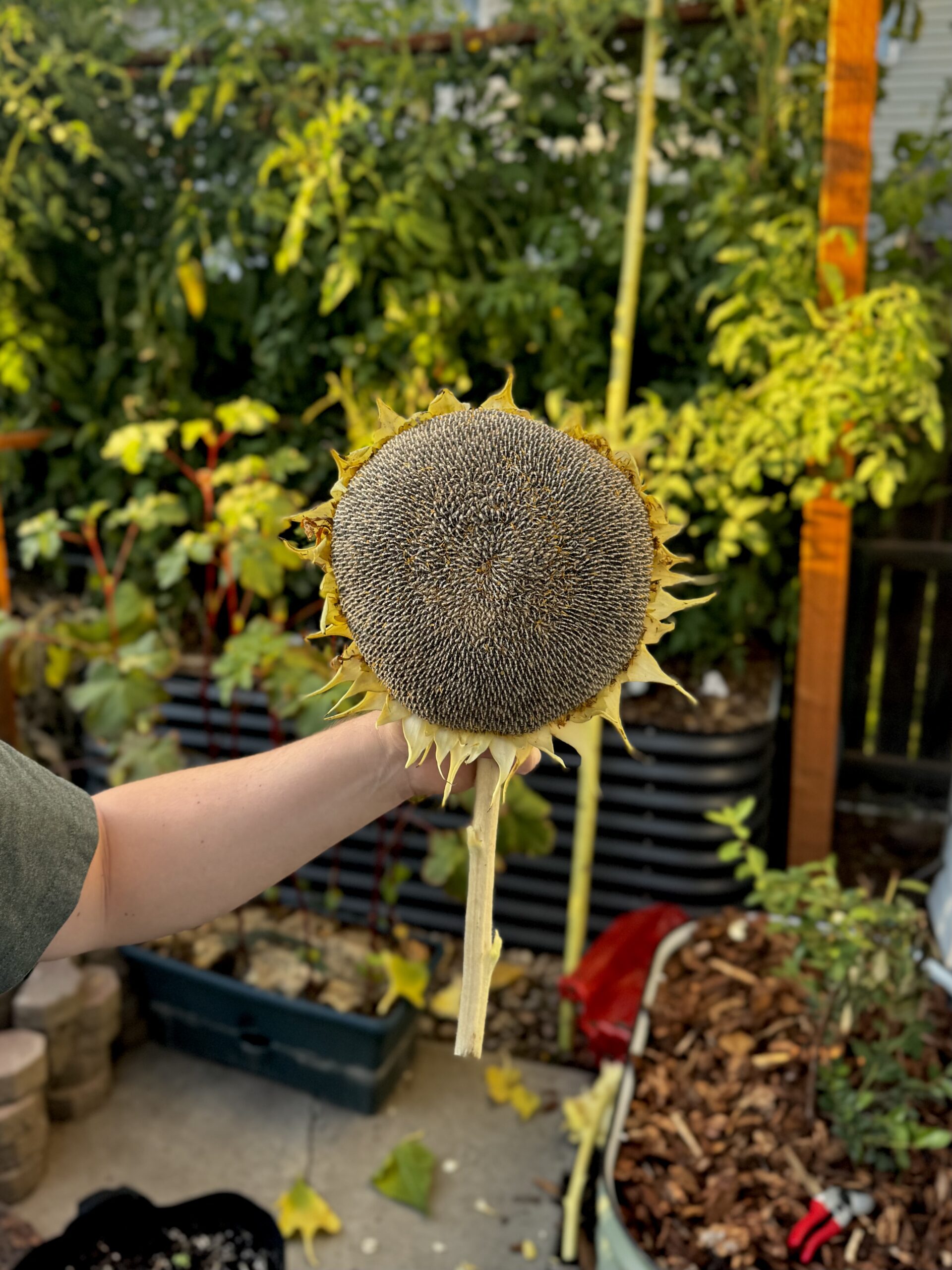
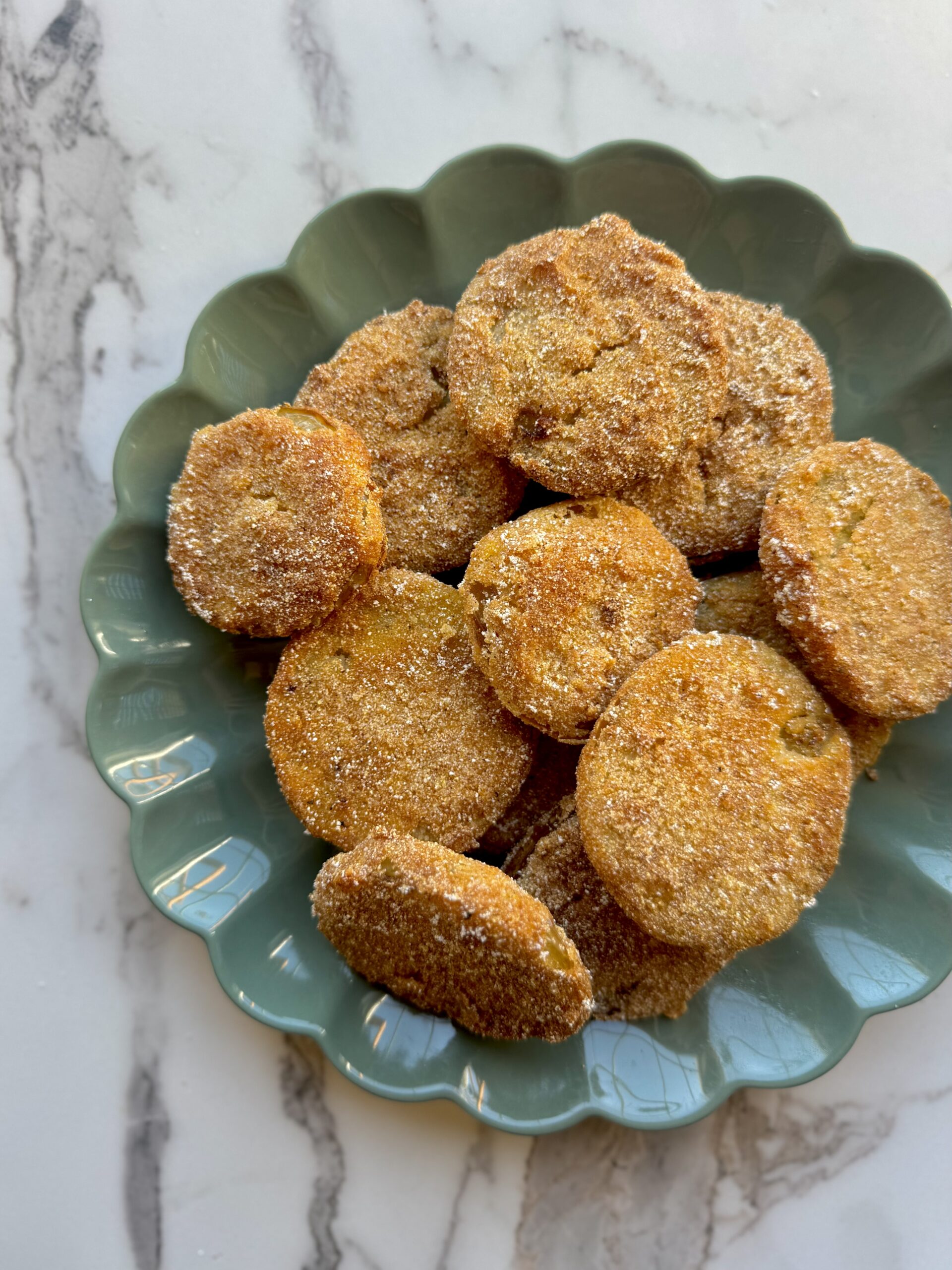
0 Comments